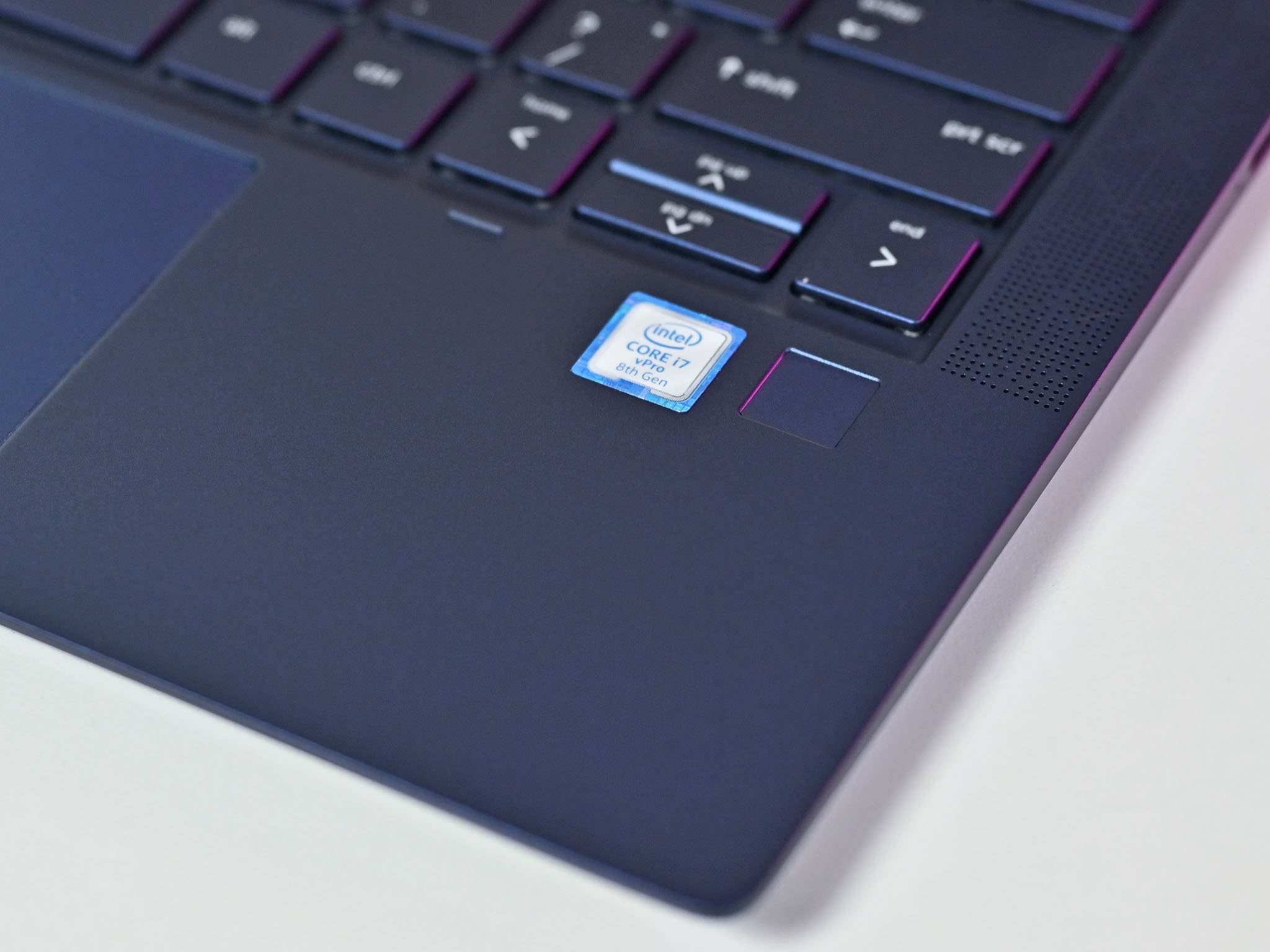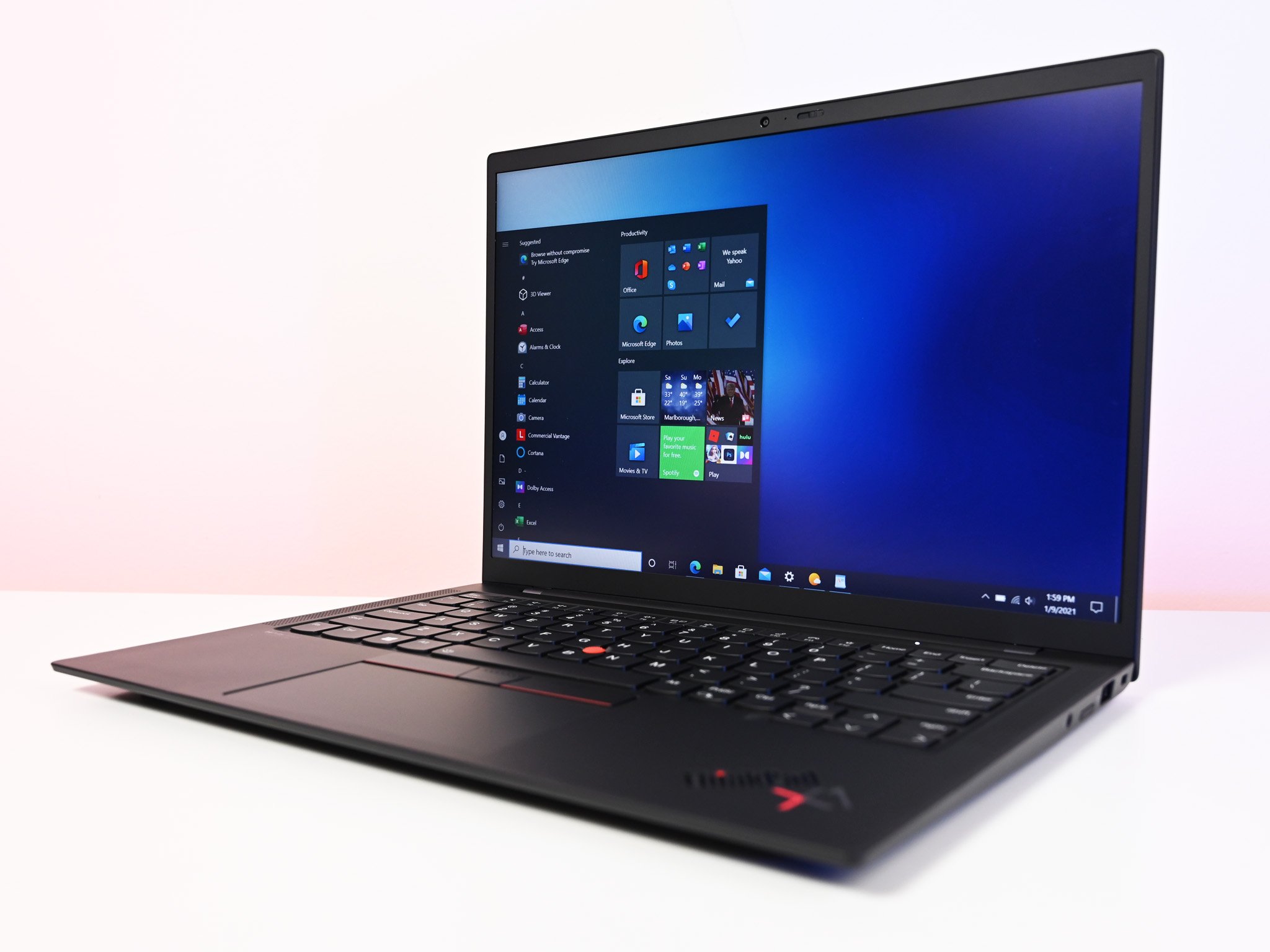Intel's vPro business computing platform shows up on many spec sheets, but what is it really? And do you need it in your PC?
Buying the right laptop or desktop PC to suit your needs isn't always an easy process, and when deciding on a processor (CPU), you might question what Intel vPro is and whether or not you really need it. Intel offers a wide range of CPUs for myriad devices, and there's a chance you're reading this on a device already powered by one of its vPro-brand chips, especially if you're using a business-focused PC. This guide to Intel vPro should help casual PC users understand the technology and understand where the need might arise.
What is Intel vPro?
Intel has formally been around since 1968, but its vPro brand was created much later in 2007 as a solution for remote IT management and support. Intel vPro isn't intended for the average consumer, and chances are, if you're shopping around for a personal PC, you won't need to worry about it.
PCs that receive the vPro brand do not just have a vPro-enabled CPU (Intel Core or Intel Xeon); they also require several supporting features, hence the "platform." Intel lists the following as requirements:
- Specific chipsets
- Management-optimized networking
- High-end memory and I/O components
- Windows 10 Pro or Windows 10 Enterprise
Intel vPro is a platform that allows for improved stability thanks to IT-managed system changes, lower IT costs thanks to remote management and troubleshooting capabilities, improved security from features like Intel Authenticate and discrete Trusted Platform Module (dTPM) chips, and better performance thanks to modern networking hardware (like Wi-Fi 6) and ports (like Thunderbolt 3 and 4).
For IT departments, vPro is an efficient way to monitor, update, and troubleshoot multiple PCs without needing to physically deal with hardware. This has become ever-more important as we move into a mobile reality where "the office" doesn't necessarily mean four walls and a desk.
Do you need Intel vPro in your PC?
Due to all these added features, Intel vPro systems generally cost more than their standard counterparts. If you're a casual PC user who needs a system for homework, browsing, and entertainment, paying more for vPro will be a waste. As mentioned, if you're not buying a laptop to be used at work and haven't been told you need a vPro-enabled system, chances are you don't need one. Most commonly, bulk Enterprise purchased by businesses will involve vPro-enabled laptops.
That doesn't necessarily mean you can't buy a business-focused laptop without the vPro chip. Many of the best business laptops, like the ThinkPad X1 Carbon, have customization options for vPro and non-vPro configurations. When shopping for a business-focused laptop, you can still get many useful security features (IR camera, fingerprint reader, privacy screen) without paying extra for vPro.
Intel vPro is available for up to Intel's latest 11th Gen Core Mobile and 10th Gen Xeon Workstation and Mobile processors, as well as multiple previous generations of Intel's Mobile, Desktop, and Workstation chips. There's also a crossover with Intel's new Evo platform, which combines the security and management of vPro with the responsiveness, battery life, and overall performance of Evo. Be sure to have a look at our explanation on Intel Evo laptops and what you need to know for much more information.








0 comments:
Post a Comment